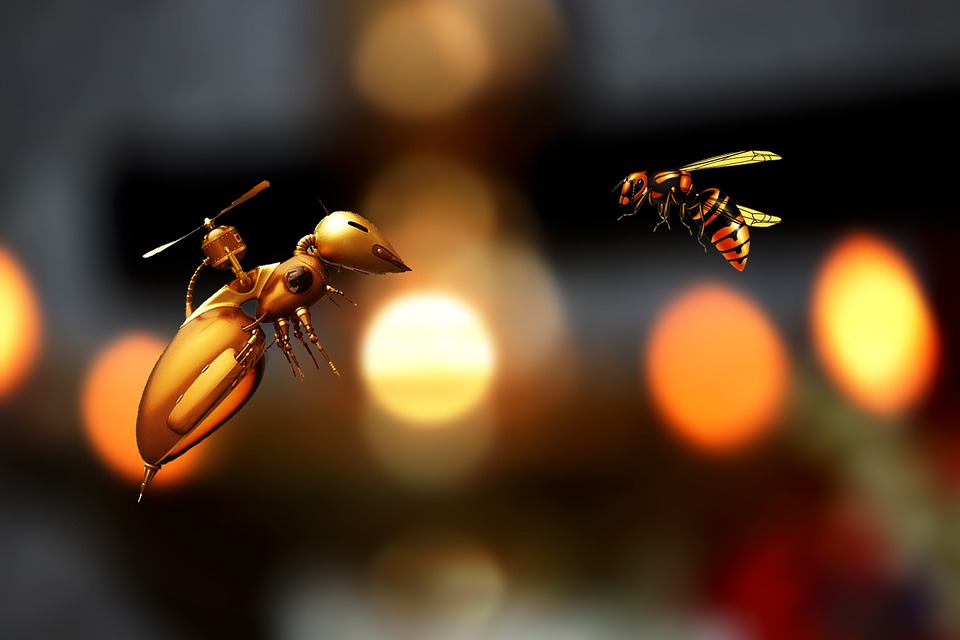
Tails are elongated appendages found in various living organisms. These appendages vary in length, shape, and function across different species. The evolution of tails has played a significant role in the survival and diversification of living things. This essay will explore the diversity of tail morphology across various living things, and the evolutionary process behind their formation and physiological functions.
Tails in Fish:
Fish are one of the most diverse groups of vertebrates, and they possess a wide range of tail morphologies. The shape and size of the tail vary depending on the species and their mode of swimming. For example, the tail of a shark is crescent-shaped and asymmetrical, allowing it to swim efficiently in a forward motion. In contrast, the tail of a tuna is a forked shape, enabling it to swim quickly through the water. The tail of an eel is a continuous fin that moves from side to side, helping it to wriggle through tight spaces. These variations in tail morphology across different fish species reflect the evolutionary adaptations that allow each species to thrive in their respective habitats.
Tails in Amphibians:
Amphibians are a diverse group of organisms that include frogs, toads, salamanders, and newts. Amphibians’ tails serve a variety of functions, such as locomotion, balance, and swimming. The tails of frogs and toads are generally short and muscular, allowing them to jump and land accurately. In contrast, salamanders and newts have more elongated tails, which aid them in swimming and balancing. Some salamanders have tails that can regenerate if they are lost due to predation or injury.
Tails in Reptiles:
Reptiles are another group of vertebrates with diverse tail morphology. The tails of lizards and geckos are long and slender, allowing them to balance and climb. The tails of some lizards, such as the chameleon, are prehensile, meaning they can grasp onto branches and hold onto them. Snakes have tails that taper off into a point, which aids in locomotion and helps them to move through narrow spaces. The tails of crocodiles and alligators are broad and muscular, which helps them to swim and move through water quickly.
Tails in Birds:
Birds are a diverse group of organisms with a wide range of tail morphology. The tail feathers of birds serve a variety of functions, such as flight stability, maneuverability, and courtship displays. The tails of birds such as hawks and eagles are broad and flat, which helps them to soar through the air efficiently. In contrast, the tails of hummingbirds are short and forked, which allows them to hover in the air while feeding on nectar. Peacocks have long, brightly colored tail feathers that they use during courtship displays to attract mates.
Tails in Mammals:
Mammals are a diverse group of organisms with a wide range of tail morphology. The tails of primates are generally short and non-prehensile, while the tails of rodents are long and thin. The tails of marsupials such as kangaroos are thick and muscular, which helps them to balance when hopping. Some mammals, such as dogs, use their tails for communication, signaling happiness or aggression through their tail movements. Other mammals, such as horses, use their tails to swat flies and other insects.
Evolutionary Process of Tail Formation:
The evolution of tails in living things is a complex process that involves genetic mutations, natural selection, and adaptation to environmental conditions. Tails have evolved independently in different groups of organisms, suggesting that tail formation is a highly adaptive trait that confers significant evolutionary advantages. The evolution of tails has been driven by a variety of selective pressures, including predation, locomotion, balance, and communication.
The formation of a tail begins with the development of the neural tube, which gives rise to the spinal cord. The spinal cord is surrounded by a series of vertebrae, which form the backbone of the organism. As the organism develops, specific genes control the development of the tail region, causing the vertebrae to elongate and differentiate into tail structures.
The evolution of tail morphology is driven by natural selection, which acts on genetic variation within populations. Organisms with tails that confer an advantage in their environment are more likely to survive and reproduce, passing on their advantageous traits to their offspring. Over time, these advantageous traits become more prevalent in the population, leading to the evolution of new tail structures.
Tail physiology:
The physiology of tails varies across different living things, depending on their function. Tails in fish and reptiles are used primarily for swimming and balance. Fish tails are powered by a series of muscles that generate thrust, propelling the fish forward through the water. Reptiles use their tails for balance and support, particularly when climbing or moving through narrow spaces.
In birds, tail feathers play a crucial role in flight stability and maneuverability. The tail feathers act as a rudder, helping the bird to steer and control its flight path. Some birds, such as peacocks and birds of paradise, use their tails as part of elaborate courtship displays, demonstrating their fitness and attracting mates.
Tails in mammals serve a variety of functions, including balance, communication, and locomotion. Primates use their tails for balance when climbing trees, while rodents use their tails for balance and communication. Some mammals, such as kangaroos and wallabies, use their tails to support their bodies when hopping.
Conclusion:
In conclusion, the morphology and physiology of tails vary across different living things, reflecting their evolutionary adaptations to their environments. Tails have evolved independently in different groups of organisms, suggesting that tail formation is a highly adaptive trait that confers significant evolutionary advantages. The evolution of tails is driven by natural selection, which acts on genetic variation within populations, leading to the development of new tail structures. The physiology of tails also varies across different organisms, reflecting their function in locomotion, balance, communication, and other activities. Overall, tails are a remarkable example of the diversity and adaptability of life on Earth.







